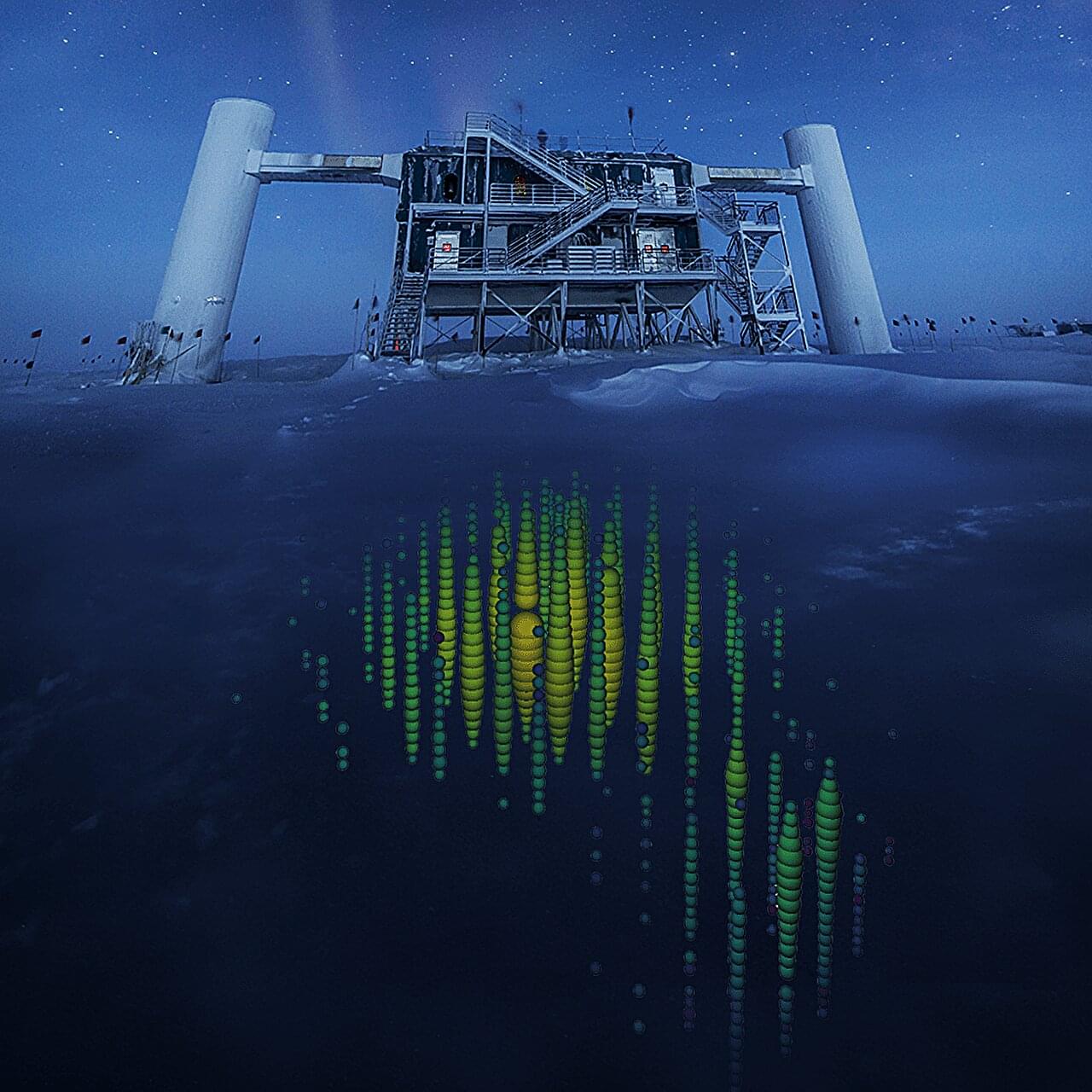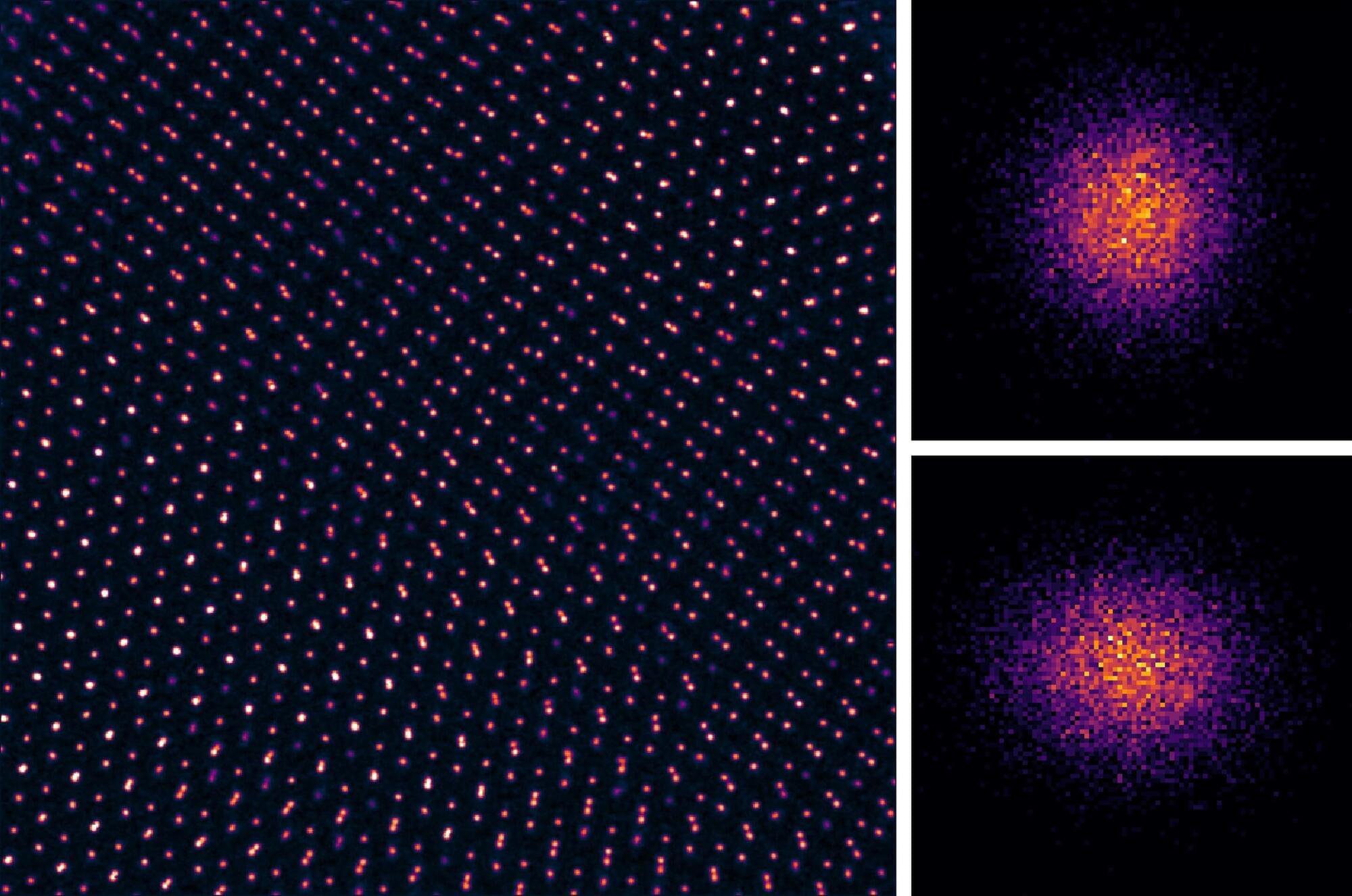Neutrinos are subatomic particles with no charge and very little mass that are known to weakly interact with other matter in the universe. Due to their weak interactions with other particles, these particles are notoriously difficult to detect.
A class of neutrinos that has so far proved particularly elusive to detection methods are extremely-high-energy neutrinos, which have energies above 1016 electronvolts (eV). Physical theories suggest that these neutrinos would be produced from very energy-intensive astrophysical phenomena, such as interactions of ultrahigh-energy cosmic rays.
The IceCube Collaboration, a large group of researchers based at various research institutes worldwide, has been searching for extremely-high-energy neutrinos for over a decade. Their most recent findings, published in Physical Review Letters, set constraints on the proportion of protons in ultrahigh-energy cosmic rays, for the first time relying on data collected at the IceCube observatory, while also placing limits on the diffuse flux of extremely-high-energy neutrinos.






